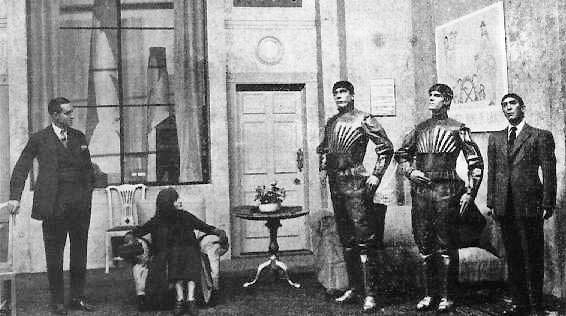Valentine’s Day Special: Look Of Love
Our pupils change size in response to light, and thoughts.
Notes From A Former ‘Guitar Zero’
Why it’s not too late to learn how to play a musical instrument.
Why Vinyl Sounds Better Than CD, Or Not
Two experts explain the audio science behind the music.
Behind the Scenes with Inventor – and Actor – Hedy Lamarr
A new book looks at the life of the brainy movie star Hedy Lamarr.
Geek My Pumpkin
Maniac Pumpkin Carvers Marc and Chris carve hundreds of pumpkins each fall, which go for a few hundred bucks and rarely end up on stoops. They gave us some tips for how to bring our pumpkins to the next level this Halloween.
Could A Lack Of Empathy Explain Cruelty?
Simon Baron-Cohen explains the consequences of decreased empathy.
Desktop Diaries: Michio Kaku
Theoretical physicist and futurist Michio Kaku takes us on a tour of his office, where he writes his bestsellers and records his radio shows.
Make a Speaker
In this activity, students will learn how an electromagnet works by making a simple one. Using this knowledge, students will design a diagram to make a working speaker using household materials. Then students will follow instructions on one method of making a speaker, and test their own designs to compare results.
The Origin Of The Word ‘Robot’
‘Robot’ was the brainchild of the Czech playwright Karel Čapek, who introduced it in a 1920 play.
Connecting Science and Art
Cormac McCarthy, Werner Herzog, and Lawrence Krauss discuss science as inspiration for art.

